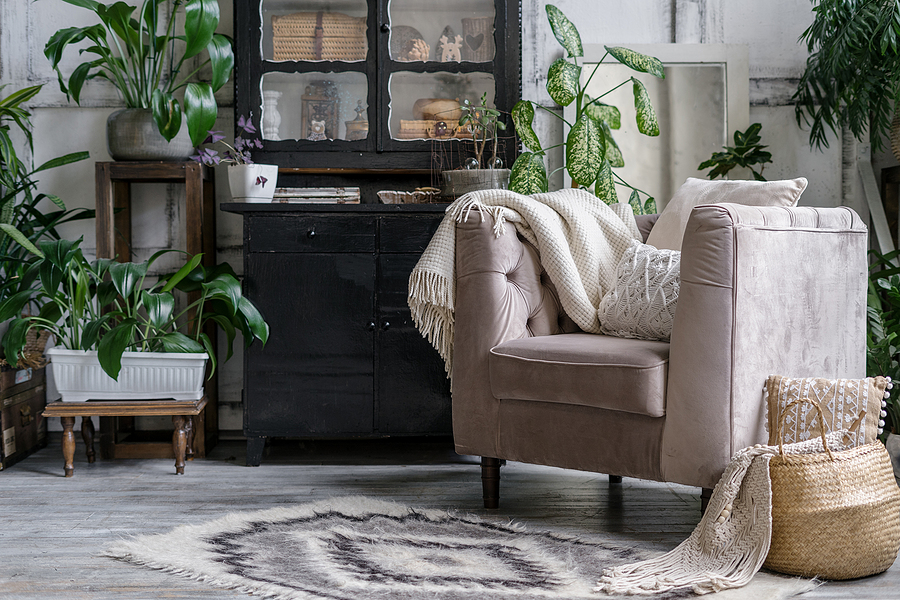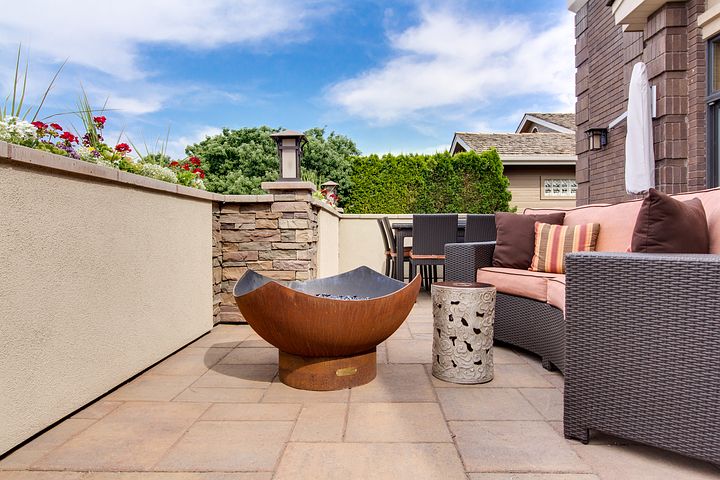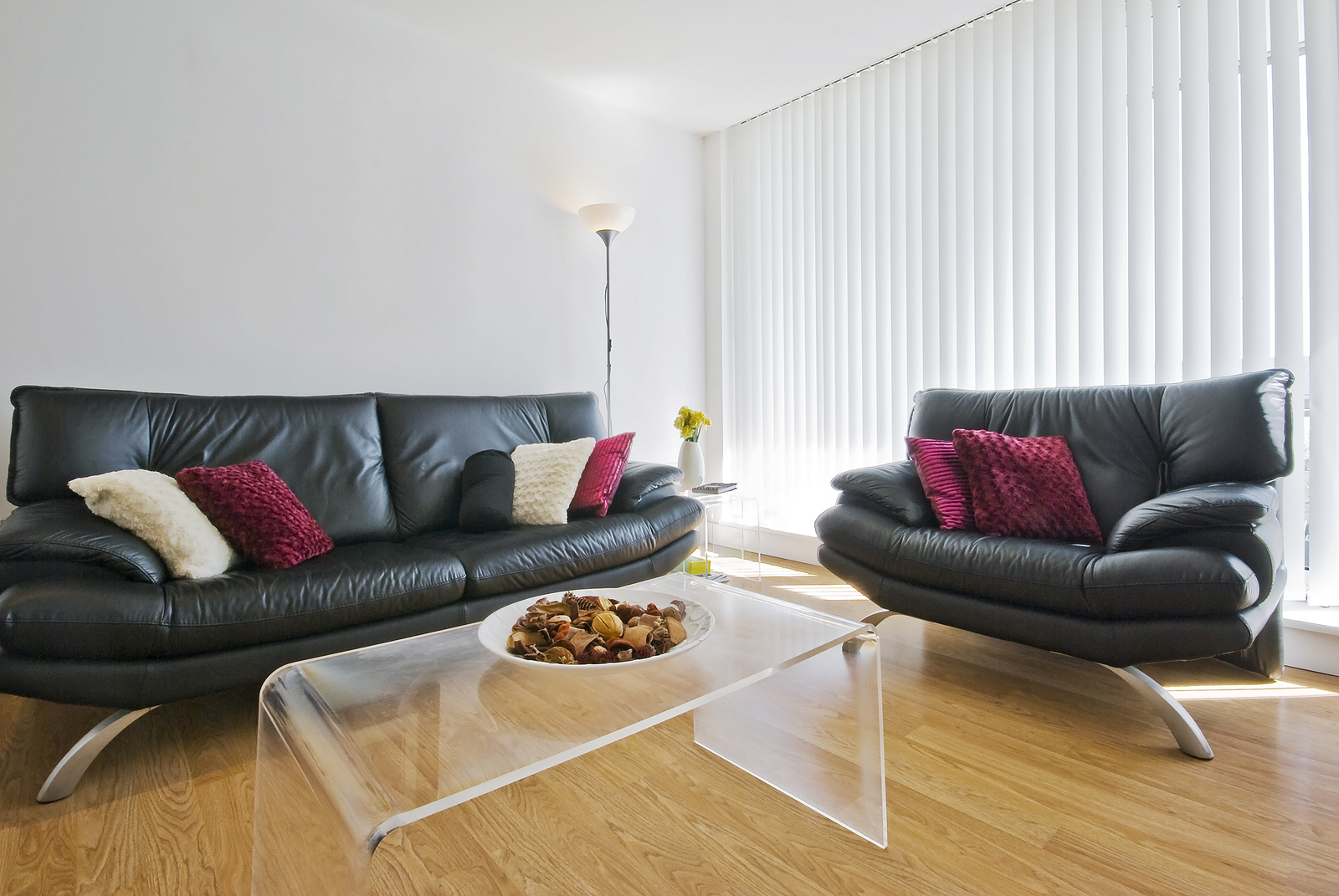Nothing beats the way your feet feel on a carpeted floor when taking your ice cream during the summer period. The feeling is heavenly, and knowing that your underfoot is safe is worthwhile. This brings us to the type of rugs you use for your flooring.
Each person prefers a different type of floor rug depending on their taste. And, there are two main types of rugs available; synthetic and natural rugs. Our main focus today is on natural rugs. We are discussing various things you need to know about natural rugs, therefore, read on to find out more.
What are natural rugs?
Natural area rugs are those that are made from fibers obtained from plants. Oftentimes, the rugs stand the test of time and are both affordable and neutral. There are three main types of natural rugs including jute, sisal, and seagrass. Hemp is also another type that is rarely mentioned but highly used. Let’s delve into the individual characteristics of each type.
Jute
Jute features a soft texture that promotes an earthy feel to the room it’s placed. It is obtained from shiny, green stalks of burlap fiber whereby the stalks are macerated, stripped, and whirled before they are weaved. The process causes the fibers to naturally possess a brown hue that can be dyed.
The good: It feels soft underfoot and is extremely affordable
The bad: It is not as durable and easily unravels
Sisal
Sisal comes from sisalana or agave plants that are indigenous to Mexico, Brazil, and Africa. It is extremely tough and durable. Similar to jute, sisal can be dyed.
The good: It is extremely durable and appears to be bright and clean
The bad: It has some roughness underfoot and also stains easily
Sea Grass
Seagrass, as the name suggests, means that it is obtained from plants that grow in saltwater wetlands. It is water impervious, meaning it possesses incredible water-resisting abilities. Freshly made seagrass rugs display a light gleam with a green tinge that gradually turns to khaki.
The good: It is water and stain-resistant and extremely durable. The rug is ideal for areas with high-traffic
The bad: It is not as soft underfoot
Hemp
For years, hemp has been utilized in textiles. Similar to seagrass, hemp rugs are extremely durable and are hard-wearing. Hemp fiber is naturally copper brown and can also be dyed and plaited into various patterns.
The good: extremely hardwearing and to some extent it is resistant to stains. It is great for the outdoors
The bad: It feels coarse at the beginning
Benefits of Natural Rugs
They add a beautiful texture to the room they are placed in. This helps in warming up the spaces as they feel comfortable underfoot.
Natural rugs are very affordable compared to their handwoven wool counterparts.
The rugs feature a versatile style whereby they can be used in various homes and still suit different styles.
The best part about these rugs is that you can get a customized pair depending on the size you want.
Their neutral appearance enables one to change or add colors to their accessories without compromising the look.
The rugs are an ideal choice for layering.
Owning a pair of natural rugs has more benefits to the overall appearance of your home. Not only are they affordable, but also easy to clean using the right tools and methods. For starters, you can shake your rug out. You can do this by taking it outside and shaking it vigorously until all the dirt and debris are gone. Secondly, you can vacuum the fiber rug at least once every week to get rid of dust. Another method is to clean spots and any spillage that falls on your rug immediately to prevent staining.




